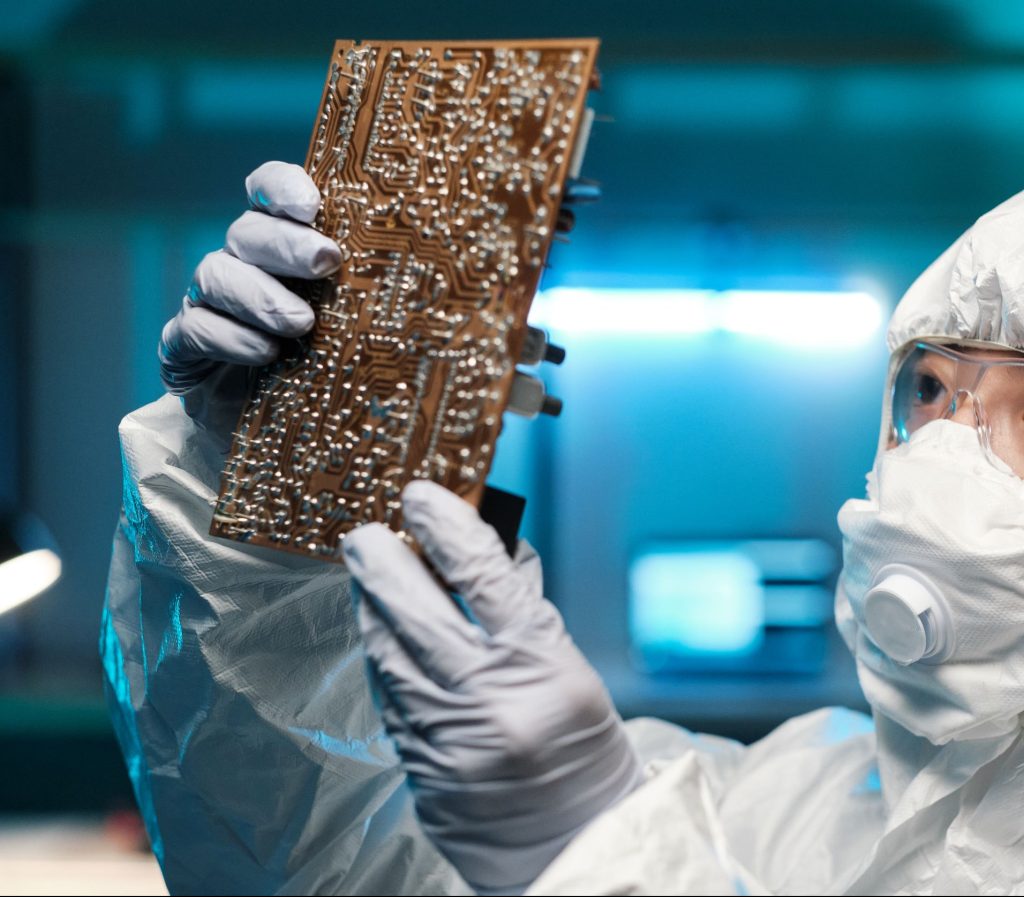Brominated flame retardants in the WEEE circular economy
This study investigates the impact of brominated flame retardants (BFRs) on the recycling of plastic waste from electrical and electronic equipment (WEEE) in Europe. Brominated flame retardants are often used in plastics to meet fire safety standards and protect consumers from fires. Brominated flame retardants are poorly degradable due to their material properties. In addition, they can be harmful, toxic, possibly carcinogenic and dangerous to the environment.
The research shows that BFR levels in mixed (unsorted) WEEE plastics vary by category. Devices with screens have the highest BFR levels. These range between 6,000 and 13,000 ppm (parts per million) bromine (Br) from 2020 to 2023. Small equipment follows with BFR levels of 2,000 to 7,000 ppm Br over the same period. Over the period from 2010 to 2022, BFR levels in screens have generally decreased. BFR levels in small equipment and large equipment have remained relatively stable.
Conventional recycling processes involve mechanical shredding and sorting of WEEE plastics to separate plastics with high levels of BFRs and other additives, allowing the creation of homogeneous plastic fractions. These fractions are suitable for recycling into new products.
Emerging technologies, such as solvent-based recycling, pyrolysis or depolymerization, offer alternative approaches to processing WEEE plastics. These technologies aim to recover valuable materials and eliminate or minimize the release of hazardous substances during processing.
While emerging technologies have potential, there are challenges to their widespread implementation. While they can work effectively for pre-sorted polymers, challenges to their use include the need for optimized process conditions, cost-effectiveness, scaling up the technology, and ensuring compatibility with existing recycling infrastructure.
Andere relevante publicaties
Re-use of soundbars
How feasible is it to give soundbars a second life? Commissioned by Stichting OPEN, Second Use investigated the re-use potential of four soundbar models, revealing insights into repairability, consumer interest, and key barriers.
Re-use van soundbars
Hoe haalbaar is het om soundbars een tweede leven te geven? In opdracht van Stichting OPEN onderzocht Second Use de potentie van re-use bij vier modellen soundbars – met inzichten over reparatiemogelijkheden, consumentengedrag en belemmeringen.
Re-use of cordless vacuum cleaners
The re-use of cordless vacuum cleaners presents interesting opportunities, but battery replacement costs pose a significant challenge. This study, conducted by Second Use on behalf of Stichting OPEN, examines the feasibility of refurbishment and identifies key improvements to extend the lifespan of these appliances.


